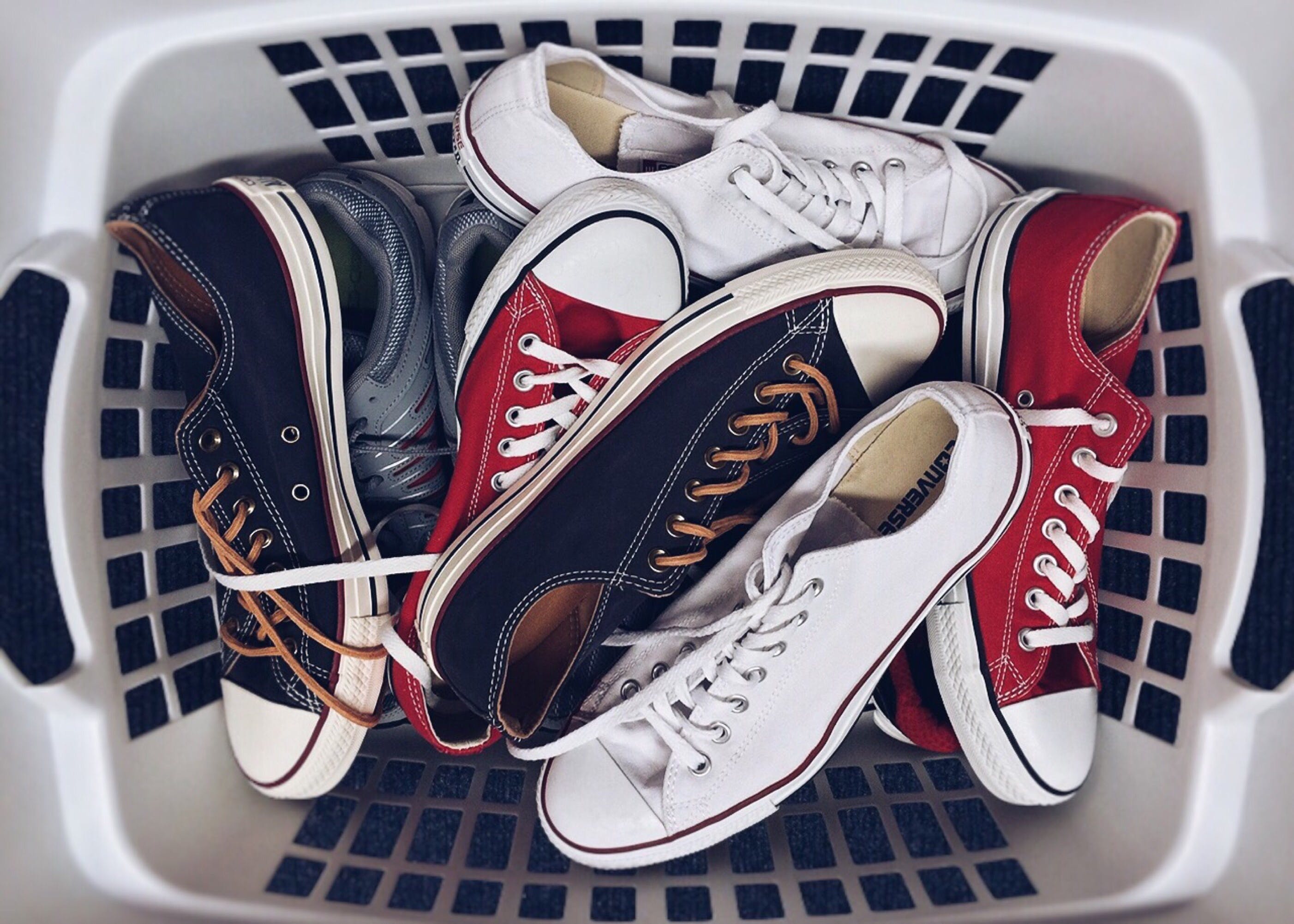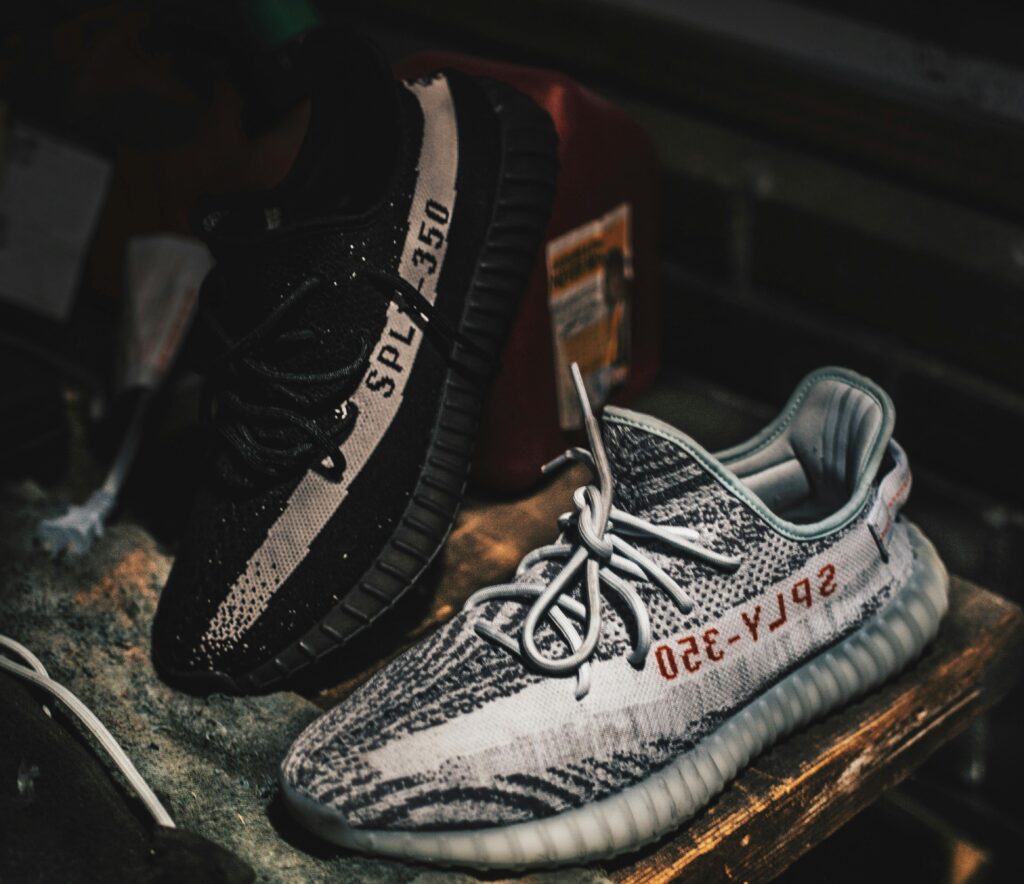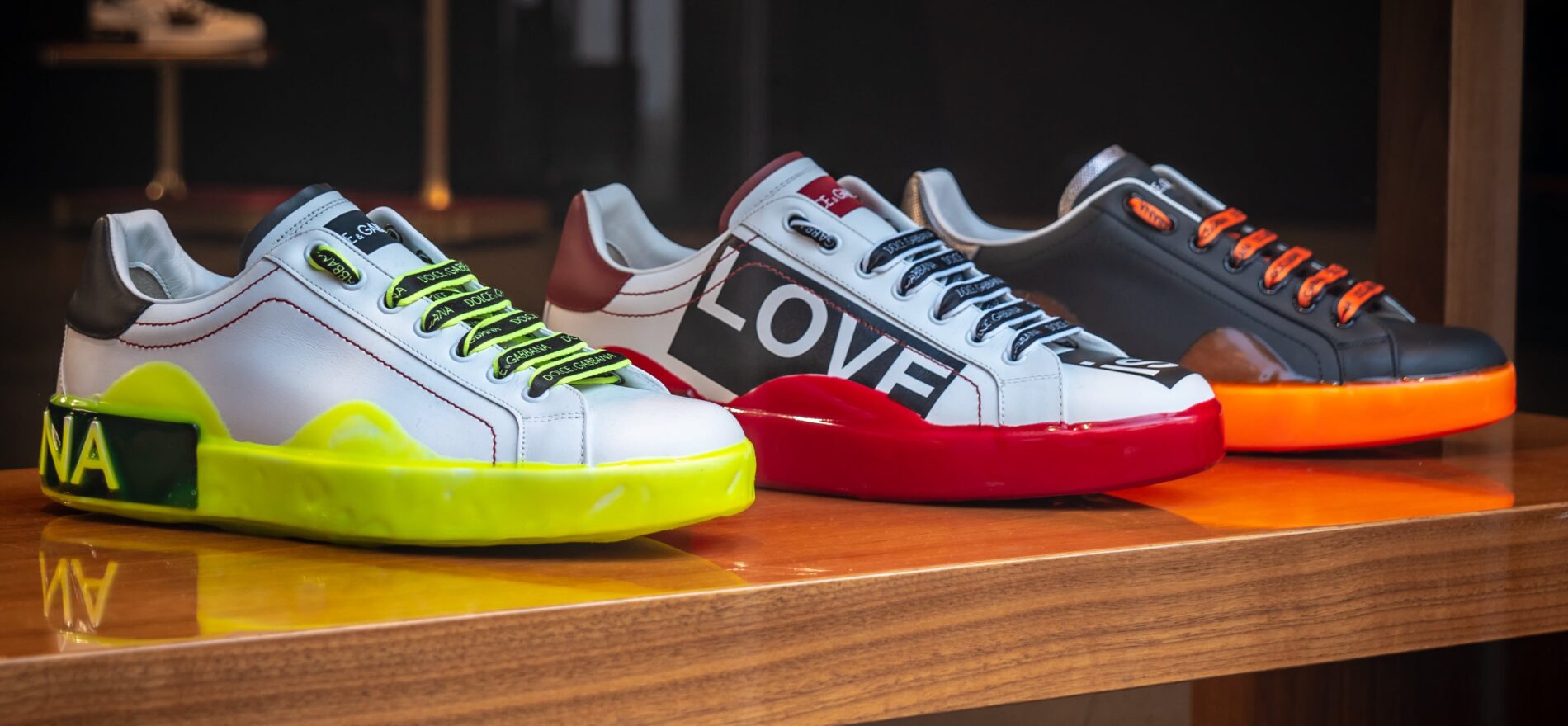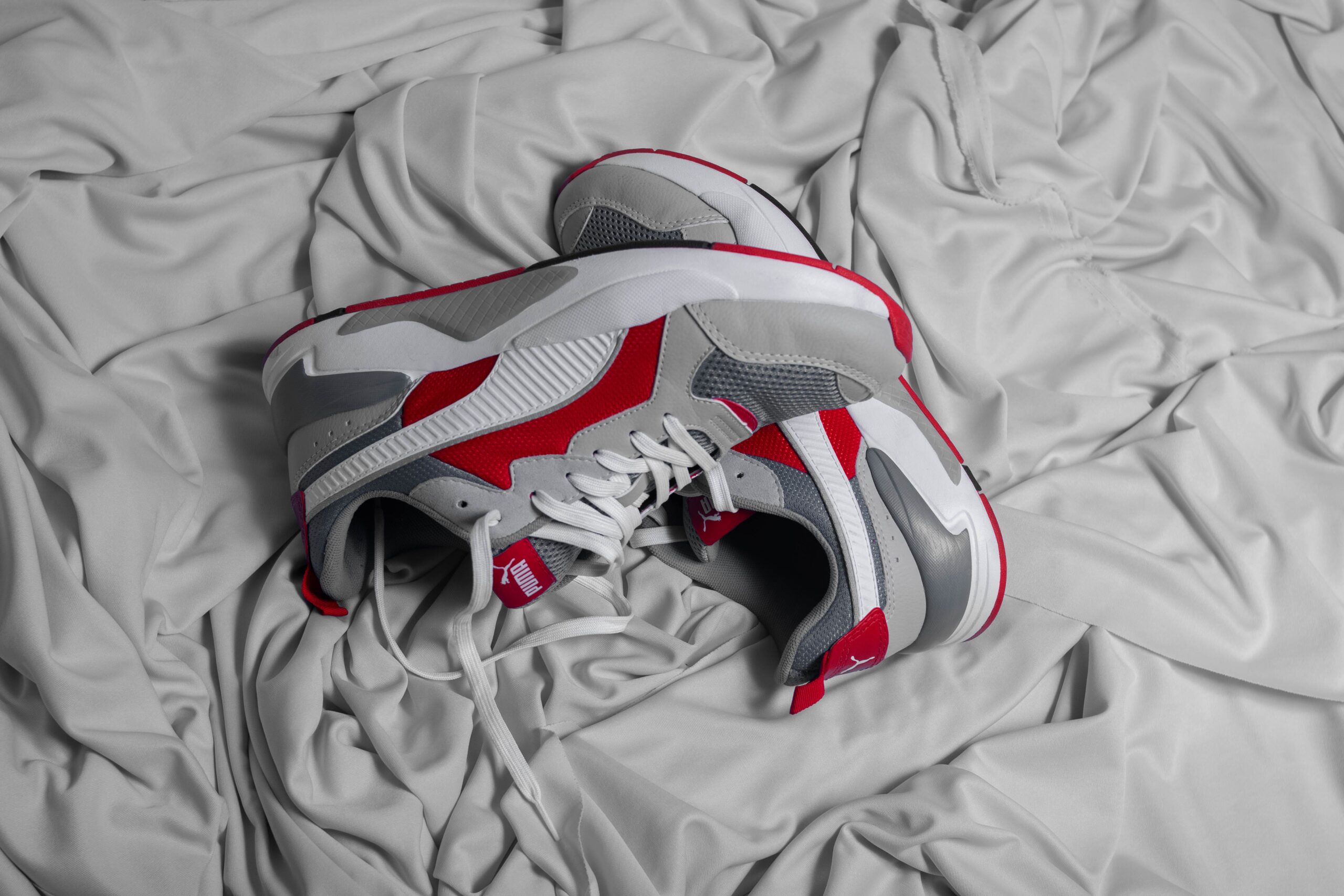Allowing Coiped Sneakers isn’t as bad as it seems.
On social media, I have come across a lot of thought-provoking remarks that range from “I guess that makes sense” to “No, I am calling the police.” But this right here, officer, has to be among the most horrible statements I have ever encountered. This fan of NFT wrote on Twitter, saying, “You expect a person you date who wears fake trainers to be true to you. When he can’t be true to himself, how can he be real with you?” I understand. Now is the day of social media “realness.”
However, this costs money. Even while there is some irony involved,
let’s assume for the moment that they are being completely serious. Purchasing replica products has nothing to do with a person’s worth, disposable income, or the amount of money they are willing to spend on apparel.

It’s not as strange as you may believe to buy fake trainers.
I know that some of you are already running to the comment area to tell me how bad counterfeit goods are and how supporting them makes me a bad person, but really, who gives a damn?
I acknowledge that there may be a quality difference between counterfeit products and their real equivalents: a mass-produced imitation Saint Laurent leather jacket created in China will undoubtedly not be identical to one crafted by hand in Paris, but
those are two distinct manufacturing processes.
Considering that both are mass-produced, what exactly makes them different?
My furious Dior sunglasses look exactly like the real deal, right down to the little metal bits that rest on the arm hinge and have the brand’s name etched on them.
Although I doubt the quality of the lenses and they are very black, they are replaceable. All of the other bodies are made of injection-molded plastic. With the correct tools, anyone can produce that. Even though I am aware that different materials have different characteristics and finishes, plastic is still plastic, and only a pedant could tell the difference between my ones and a real pair
Are fake sneakers worth it?
A glance at the shoes I already use reveals that they are all created in Southeast Asia, most likely in sweatshops using child labor to save costs.
Not that things are all that different in the West. In the Italian fashion capital of Tuscany, where “Chinese laborers work round the clock in about 3,200 businesses making low-end clothes, shoes, and accessories, often with materials imported from China, for sale at mid-price and low-end retailers worldwide,” the New York Times reports that there are factories owned by Chinese nationals. Italian law, as well as American and German law, could state that goods must be designed, packaged, or manufactured in Italy at all times for them to have the “Developed in Italy” identify,
but in today’s globalized globe, that is no longer the case.

Since fake shoes are frequently manufactured in similar conditions and sometimes even in the same factories, it’s difficult for me to understand how a pair of counterfeits could be much worse. However, many collectors of fake shoes, cited in this Complex article, maintain that “a brand like Nike or Adidas contracts a factory for many sneakers, and supplies the necessary resources.
However, a thorough investigation by the New York Times a couple of years ago showed that counterfeits typically originate by either separating an original pair and trying to reverse engineer them, which results in inconsistencies, or by just paying factories that brands have officially hired to make their stock bribes to turn over the
actual blueprints or samples.
Under these conditions, the design is no longer recognizable from one another; the materials are the sole variable.
However, since China produces about 60% of the world’s chemical and synthetic
fibers, counterfeiters likely have easy access to the same or comparable sources that brands use.
As a result, everything is essentially the same, and if you browse through some of the
countless Instagram accounts that contrast and compare sharp and acceptable trainers, you’ll find that the differences are usually low.
Given everything taken into consideration, I can’t think of a single reason why I should ever purchase original trainers again. In actuality, the majority of your money is spent on perceived value and an illusion of prestige when you purchase straight from companies like Nike or Adidas. We are taught in consumer capitalism that the items we purchase directly reflect our level of success (or failure) in life.
Explore how to lace vega sneakers to become an expert in no time











[…] world of replica trainers is a complicated and changing one, affected by changes in customer views, legal actions, and […]
[…] The quality difference between authentic and replica sneakers: […]